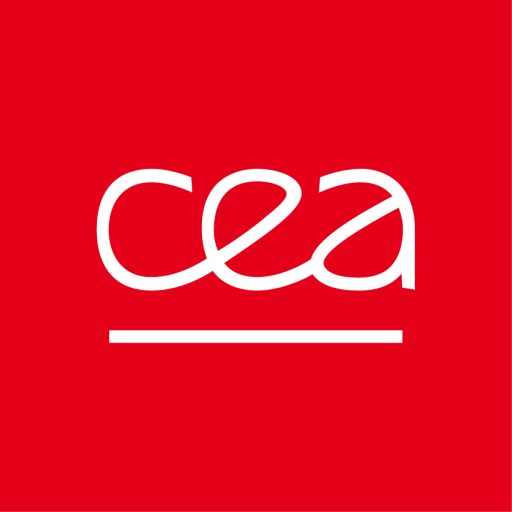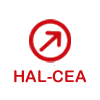Enhancement of the solar water splitting efficiency mediated by surface segregation in Ti-doped hematite nanorods
Résumé
Hydrogen production by solar water splitting is a very attractive idea because it allows storing solar energy in the H2 molecules using a clean method. First demonstration of water splitting was reported 50 years ago using TiO2 as photoanode. Since then, plethora of studies were reported, owing to materials chemists' infinite imagination, addressing different classes of photosensitive materials including semiconducting oxides, III-V semiconductors, MOF (metalorganic framework) architectures, ferroelectric materials , etc. Band engineering is often employed targeting the same single aim: enhance the efficiency of the photoelectrochemical (PEC) process, increasing thus hydrogen production efficiency.
We report here a simple band engineering approach applied to one of the most Earth abundant materials, the hematite, using Ti doping and tuning annealing conditions: temperature and atmosphere. Enhanced PEC activity was obtained, mediated by surface states, as evidenced using electrochemical impedance spectroscopy. We found strongly enhanced photocurrent, of more than 200 %, for Ti-doped hematite photoanodes annealed under Nitrogen compared to equivalent photoanodes annealed in air. The nanoscale origin of the increased photocurrent was addressed using combined XPEEM, STXM, X-rays spectro-ptychography and STEM. Shadow XPEEM alone can be used to discriminate surface and bulk contributions of the chemistry and chemical coordination. STXM complement successfully these results evidencing formation of Ti-rich clusters for photoanodes annealed in O2-free atmosphere. Spectro-ptychography allows to better identify and isolate both spatially and chemically Ti-rich clusters. X-ray spectromicroscopies altogether were confronted with STEM measurements and DFT calculations, the results suggesting formation of pseudo-brookite clusters at the surface of the Ti-doped hematite.
| Origine | Fichiers produits par l'(les) auteur(s) |
|---|


